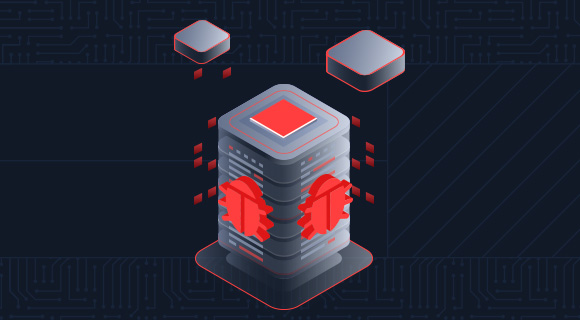Summary
This module covers common server-side security vulnerabilities that lead to devastating security issues and potentially even full web server takeover. Specifically, in this module, we will cover:
- Identifying and Exploiting SSRF vulnerabilities
- Identifying and Exploiting SSTI vulnerabilities
- Identifying and Exploiting SSI Injection vulnerabilities
- Identifying and Exploiting XSLT Injection vulnerabilities
This module is broken into sections with accompanying hands-on exercises to practice each of the tactics and techniques we cover. The module ends with a practical hands-on skills assessment to gauge your understanding of the various topic areas.
You can start and stop the module at any time and pick up where you left off. There is no time limit or "grading," but you must complete all of the exercises and the skills assessment to receive the maximum number of cubes and have this module marked as complete in any paths you have chosen.
As you work through the module, you will see example commands and command output for the various topics introduced. It is worth reproducing as many of these examples as possible to reinforce further the concepts presented in each section. You can do this in the PwnBox provided in the interactive sections or your virtual machine.
A firm grasp of the following modules can be considered a prerequisite for the successful completion of this module:
Introduction to Server-side Attacks
Server-side attacks target the application or service provided by a server, whereas client-side attacks occur at the client's machine, not the server itself. Understanding and identifying the differences is essential for penetration testing and bug bounty hunting.
For instance, vulnerabilities like Cross-Site Scripting (XSS) target the web browser, i.e., the client. On the other hand, server-side attacks target the web server. In this module, we will discuss four classes of server-side vulnerabilities:
- Server-Side Request Forgery (SSRF)
- Server-Side Template Injection (SSTI)
- Server-Side Includes (SSI) Injection
- eXtensible Stylesheet Language Transformations (XSLT) Server-Side Injection
Server-Side Request Forgery (SSRF)
Server-Side Request Forgery (SSRF) is a vulnerability that allows an attacker to manipulate a web application into sending unauthorized requests from the server. This vulnerability often occurs when an application makes HTTP requests to other servers based on user input. Successful exploitation of SSRF can enable an attacker to access internal systems, bypass firewalls, and retrieve sensitive information.
Server-Side Template Injection (SSTI)
Web applications can utilize templating engines and server-side templates to generate responses, such as HTML content dynamically. This generation is often based on user input, enabling the web application to respond to user input dynamically. When an attacker can inject template code, a Server-Side Template Injection vulnerability can occur. SSTI can lead to various security risks, including data leakage and even full server compromise via remote code execution.
Server-Side Includes (SSI) Injection
Similar to server-side templates, server-side includes (SSI) can be used to generate HTML responses dynamically. SSI directives instruct the web server to include additional content dynamically. These directives are embedded in HTML files. For instance, SSI can be used to include content that is present in all HTML pages, such as headers or footers. When an attacker can inject commands into the SSI directives, Server-Side Includes (SSI) Injection can occur. SSI injection can lead to data leakage or even remote code execution.
XSLT Server-Side Injection
XSLT (Extensible Stylesheet Language Transformations) server-side injection is a vulnerability that arises when an attacker can manipulate XSLT transformations performed on the server. XSLT is a language used to transform XML documents into other formats, such as HTML, and is commonly employed in web applications to generate content dynamically. In the context of XSLT server-side injection, attackers exploit weaknesses in how XSLT transformations are handled, allowing them to inject and execute arbitrary code on the server.




